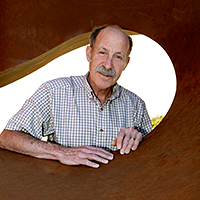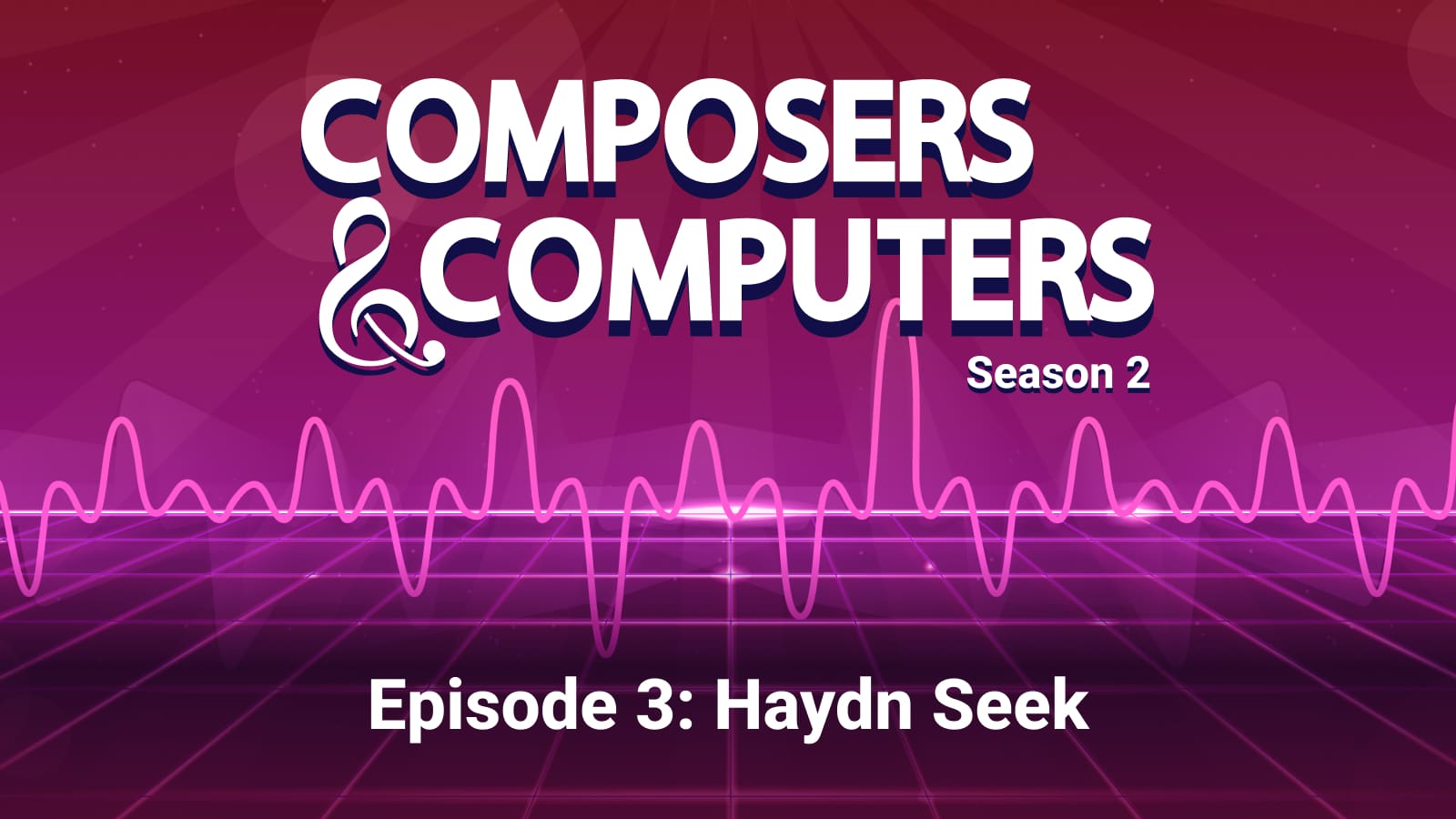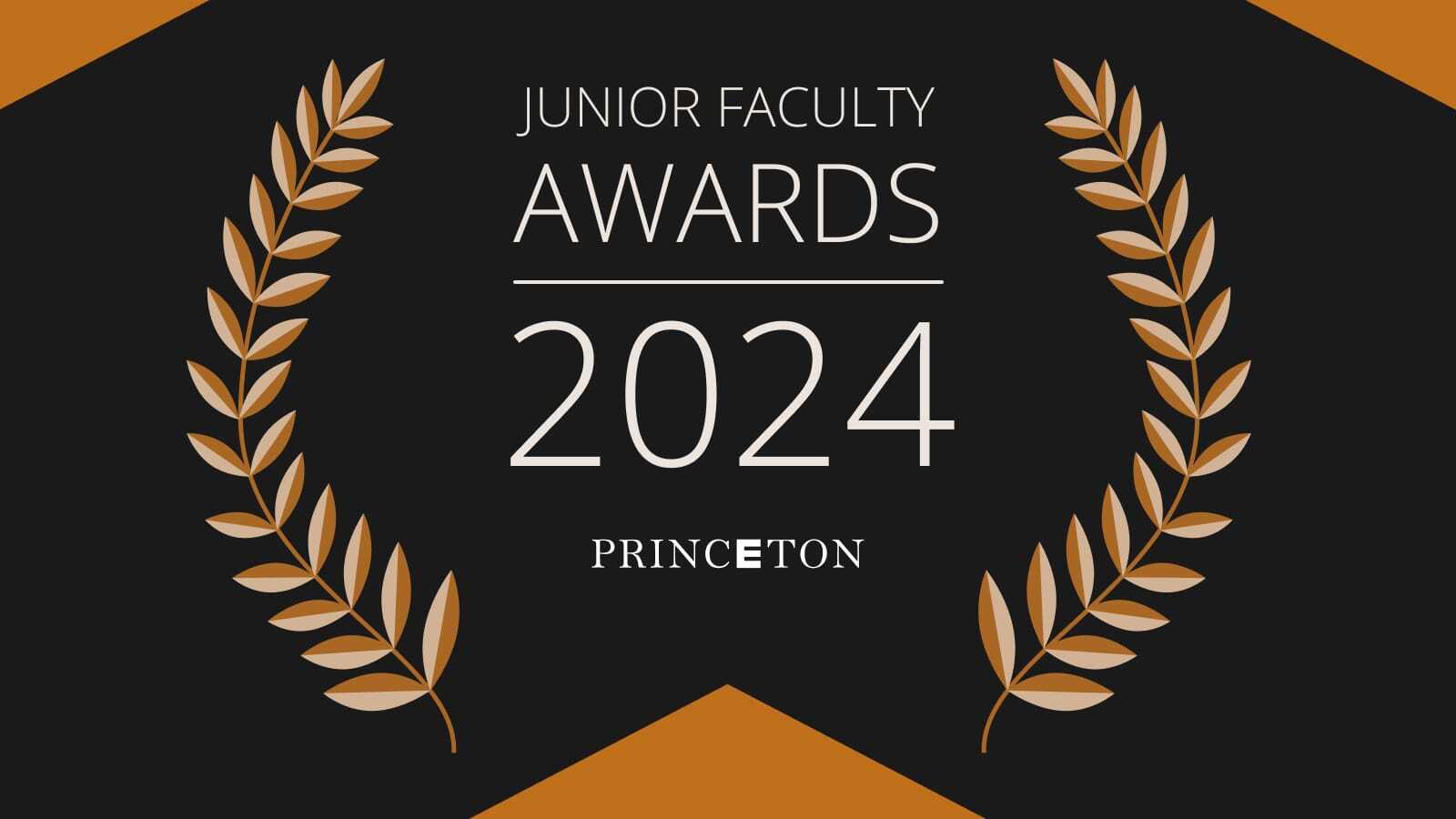“The art spoke to me.”
This comment, which caused me pause when I first read it, came from a liberal arts student in an evaluation of CEE 102 “Engineering in the Modern World.” Since the 1990s, I have enjoyed co-teaching CEE 102 with Professor David Billington ’50. Billington, who recently retired, invented CEE 102 in 1985 to educate the whole campus about the major role that engineering plays in shaping our world. I was pleased by this student’s comment because it supports our belief that viewing works of art helps one to understand engineering ideas more deeply. This can be seen in paintings such as “Rolling Power” by Charles Sheeler, who masterfully captured the massive motive force produced by a high-pressure steam-driven piston. Art stimulates students’ imagination about major transformations brought about by engineering works. In class, we study the painting “Dynamism of an Automobile” by futurist Luigi Russolo as we discuss the transformation to individual mobility in America.
 But there are other more important reasons to discuss art together with engineering. We observe that sometimes the engineer is the artist. Here engineering works may be efficient and economical, and at the same time be able to elicit an emotional response from the public through elegance of design. Nowhere is this more evident than in the work of bridge designers. The best of these designers are structural artists, working in a range of media – steel, stone and concrete – to create great and sometimes iconic works of engineering and public art. Such is true of the George Washington Bridge, the major work of Othmar Ammann. (This underappreciated role of the structural engineer is at the heart of CEE 262, “Structures in the Urban Environment,” a foundational course across many disciplines, which Billington created in 1974.)
But there are other more important reasons to discuss art together with engineering. We observe that sometimes the engineer is the artist. Here engineering works may be efficient and economical, and at the same time be able to elicit an emotional response from the public through elegance of design. Nowhere is this more evident than in the work of bridge designers. The best of these designers are structural artists, working in a range of media – steel, stone and concrete – to create great and sometimes iconic works of engineering and public art. Such is true of the George Washington Bridge, the major work of Othmar Ammann. (This underappreciated role of the structural engineer is at the heart of CEE 262, “Structures in the Urban Environment,” a foundational course across many disciplines, which Billington created in 1974.)
We explain that sometimes artists are engineers. One great example is Samuel F.B. Morse, one of the first professors of art in America, who invented a telegraph code based on ‘dits’ and ‘dahs.’ He then managed the first full-scale test of a working telegraph system connecting Baltimore to Washington, D.C., and launched a radically new type of information network. Morse was first and foremost an artist, and then a communications engineer. His pioneering work anticipated the modern digital age where now virtually all types of information are coded as ones and zeros.
To these two categories inspired by CEE 102 – engineer as artist and artist as engineer – I add a third where engineers and artists come together -perhaps to create something entirely new, or perhaps to work in an area that shares a common interest or skill. The stories in this magazine reflect these categories. Princeton’s Streicker Bridge project shows the work of one of the leading structural artists of our time, Christian Menn – the engineer producing art. Rebecca Fiebrink, Ph.D. ’11 represents the artist as engineer – a flutist and computer scientist who seeks to apply machine learning to facilitate the skillful playing of musical instruments. Demonstrating the power of collaboration, mechanical and aerospace engineering professor Naomi Leonard ’85, who orchestrates collective motion of underwater robots, and dance professor Susan Marshall, who directs collective motion of dancers, work together and advance artistic expression and engineering analysis. Civil and environmental engineering professor Sigrid Adriaenssens’ story is one of a passion shared by artists and engineers, the ability to think and express oneself through drawing. While some pieces may not fit neatly in these classifications, it is clear that art and engineering are indeed speaking to one another in the EQuad.








